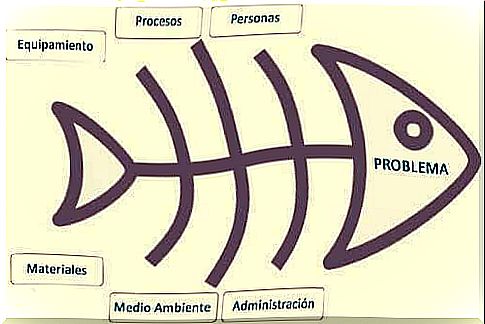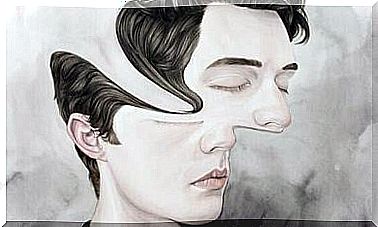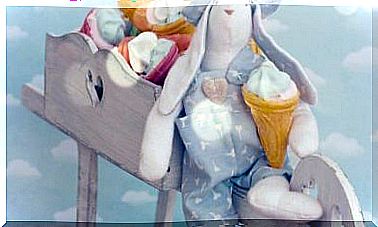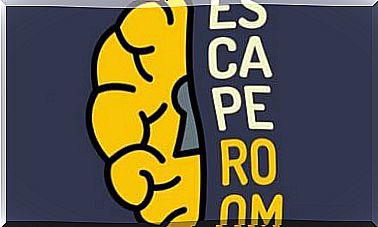How To Use Ishikawa’s Diagram For Problem Solving

Ishikawa’s chart, also known as the herringbone chart, is an important tool for any business looking to improve its quality management processes. With the help of this tool, one can analyze the problems that exist by clarifying the causes. In this way, the working groups can also gain insight into the obstacles that stand in the way of the organization reaching its full potential.
This technique is not of Anglo-Saxon origin. The Japanese are skilled business strategists and it is not for nothing that a large percentage of their products, technologies and resources have a dominant position in the market.
It was Karou Ishikawa, a Japanese industrial chemist and business management expert, who introduced the idea in 1943. Today, Ishikawa is considered one of the greatest gurus in quality management processes.
We have him to thank for not only the now well-known herringbone diagram, which helps us to analyze what may be the causes of problems within companies. In addition, he was one of the first to emphasize the need to introduce uniform quality control of production. He believed that it should cover every single person in the workplace, from the top management to the lowest level of the organization.
For Ishikawa, quality was synonymous with responsibility, ethics and education. If someone violates these principles, the goals will not be achieved. Likewise , based on the approach they choose, each team must have access to the resources needed to monitor their progress, problems and existing obstacles. One such aid is Ishikawa’s diagram . Read on and you will learn more!

What is Ishikawa’s chart?
Although Ishikawa’s diagram is mostly used in the business world, it is actually possible to use it in many other contexts as well. After all, it is a good strategy to analyze the cause of various problems.
And it is interesting to take a closer look at the two areas of application. Therefore, we will analyze the two ways in which one can use the famous herringbone diagram that Ishikawa designed.
Cause-and-effect diagram for companies at company level
All companies, no matter how small, are faced with more or less serious challenges in terms of efficiency on a daily basis. One way to improve efficiency is to know how to handle such incidents, problems and disputes that may arise at any time.
Ishikawa’s diagram can ingeniously help to avoid any pitfalls of this kind. Here are the key points:
- All members (or at least their representatives) in the organization must be present.
- First you have to define the problem. For example, production was low in the last quarter. This corresponds to the “head of the fish” or, in this case, the effect.
- Once you have clarified where the problem lies , you must trace the fish’s bones and in this way you can determine what the causes are.
- To do this, one must follow the process below, which sets out the main points of the analysis and the reflections required:
- Methods
- Machines (equipment)
- Persons (employees)
- Material
- Administration
- Working environment
Everyone must contribute by proposing factors which, in their opinion and in their experience, may have given rise to the problem.
The last step is the most crucial: solving the problem using all the factors that the employees have pointed out.
Ishikawa’s chart for personal development
As we pointed out earlier, Ishikawa’s charts are not limited to the social sphere and business. It can also be an excellent strategy when it comes to personal development.
It can be a very effective tool for identifying areas and problems that prevent you from feeling good. You can use this methodology and apply it to almost any scenario that arises in real life.
So how do you go about applying the chart in your daily life? How can it help you achieve happiness and set goals? Take a look at the following steps!
- First, identify your concerns, your fears, your emotional barriers, or your problem. For example, “I feel stressed.”
- Then, as you saw above, you have to put the fish bones in place. These are the factors that caused the problem. In this case, the problem is stress. As you do this, you can use the following questions as a guide:
- How do I spend my time?
- Do I have a healthy self-image?
- What kind of thoughts do I usually have about myself and life in general?
- What people do I surround myself with?
- Do I take any positive steps to feel better?
Solution to the problem
When applying Ishikawa’s chart in terms of personal development or personal well-being, it is again the last step that is most important. Once you have managed to identify and become aware of the things behind your anxiety, or the factors that prevent you from achieving what you desire (whether it is to reduce your stress, achieve a goal or make changes in your life ), then the next step is to consider what solutions are possible.
The famous herringbone diagram can be a great tool to help you make improvements in your life. Therefore, do not hesitate to use this unique resource to your own advantage! It is a useful exercise in self-analysis that also helps you make use of your creativity to arrive at improvements.
Why not let this unusual amphibian steer you towards a brighter and happier sea? We are convinced that it will help you get back on the surface!









